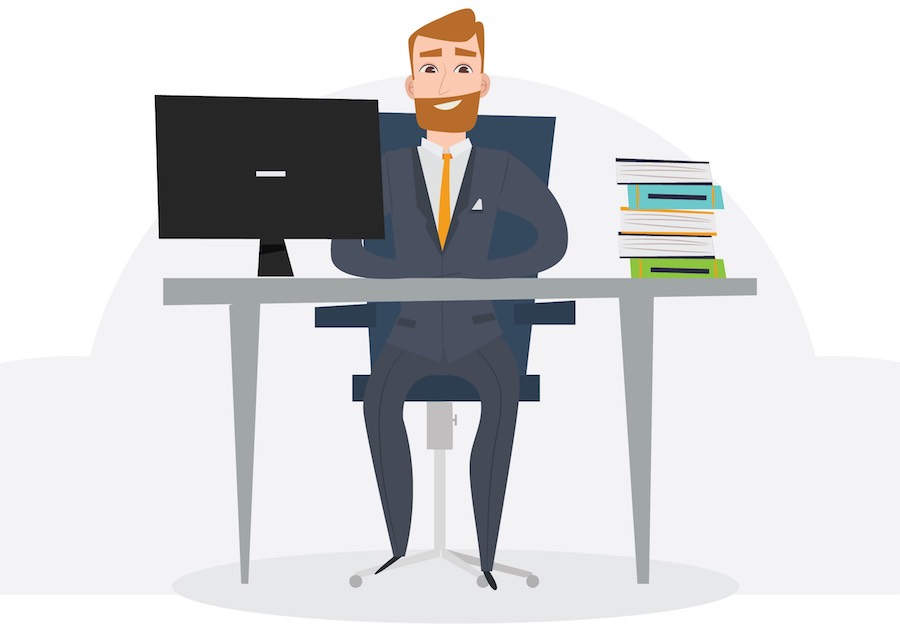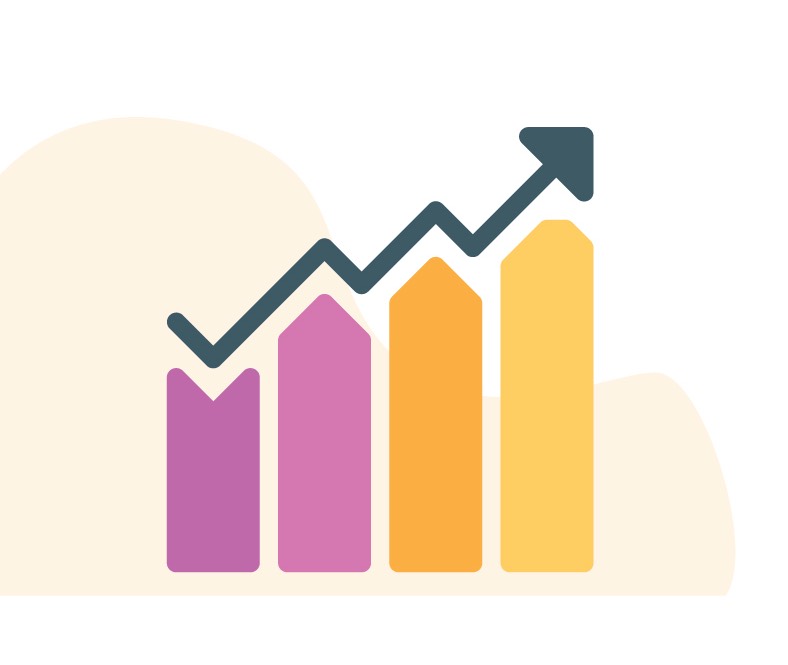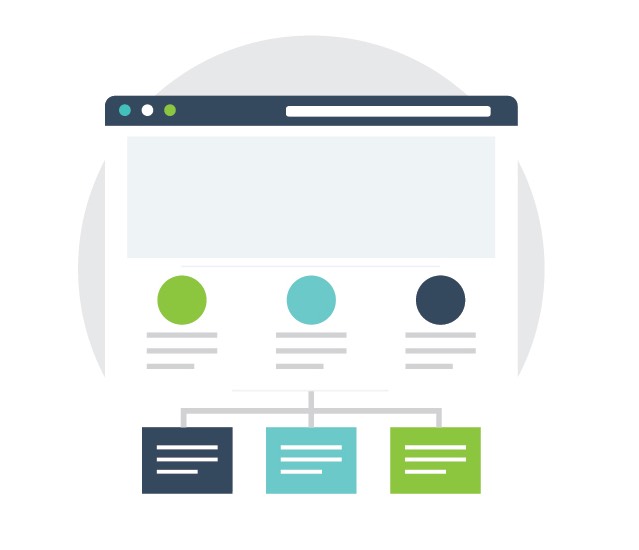
Does your webpage need to get noticed? Is it not trending well enough in search results? That may be a sign that it’s time to upgrade your SEO efforts. You’ll need to take a good, hard look at your SEO on page as well as you SEO off page. What does that mean?
Both ideas are easy enough to explain. Your SEO on page is how you tweak and market your webpage to be picked up by search engines. That includes things like your blog articles, proper image tagging, proper layout and design, page load times, etc… Basically, you need to make sure your webpage adheres to Google’s guidelines as well as putting the potential keywords and phrases on your webpage that someone using Google might use.
Your SEO off page is a little different. That’s any content or links that point back to your website. These are typically blog articles of some kind, but it can also be other material. The primary goal of these blog posts is to demonstrate to Google that you are an authority figure for whatever keyword someone used to search on Google. So, for example, if you make bagels, you want a lot of articles and links pointing back to your website about how you are the best bagel maker in the world.

A good guide to beginners in SEO is https://www.seochecklist.app/. In this online web app you can find many SEO tasks presented by different categories (SEO On Page, SEO Off Page) and sub-categories (content, technical optimization, metrics etc).
You can create your own projects and mark the tasks as completed.
Why is SEO so important? You want to be able to grow your web traffic organically. SEO is how you do it. SEO is what makes your web page one of the first web pages displayed in a Google search. Your chances of getting a new page view, and potentially new customer, drastically increase if you are on page one of a Google search.
So, all this sounds easy, doesn’t it? Unfortunately, SEO is more of an art than a science. So, we are going to discuss a few things that you can start doing to improve your SEO right away.
One of the first things any website owner can do to start improving their SEO and improve their search engine ranking is to optimize images on their webpages. Images are one of the most overlooked aspects by most amateur website masters. It’s pretty common for someone to install Wordpress, upload an image, and be on their way. Wordpress does a good job optimizing images, but it’s not the be-all end-all perfect product, nor does it work well if it’s not configured properly.
First, make sure your images are small in file size. You need to balance image quality with compression. Obviously, you don’t want your image looking awful, but you want it to download to your visitor’s PC as quickly as possible. Keep in mind that Google punishes page rank for slower loading web pages.
Pay extra attention to your website logo and branding. That’s very important. Your website branding is the first thing that any customers are going to see. You’ll not only use your branding on your website but in your social media packages as well. You need a logo that is visually attractive, represents your business and can be compressed heavily without sacrificing image quality.
After you tackle image load times, make sure to tag them properly. Google uses the HTML tags, like the <alt> tags, for an image to judge the relevancy of an image for search. Google will also use things like image titles, descriptions, etc… Wordpress makes adding these tags very easy. If you aren’t using a CMS that can help you add these tags, make sure to add them by hand.

Mobile has become the de’ facto standard viewing platform for website visitors. In fact, it’s become such an important metric that Google heavily ranks websites based on mobile friendliness alone. You’ll easily outrank other websites just for the fact that your website is usable on all screen sizes. Pay attention to this.
Building a website for both a mobile, tablet and desktop experience is not easy. If you don’t design for these mediums from the start, it is going to be extremely difficult to circle back later on and optimize your website for a mobile experience. So, keep a mobile-first mindset.
You can start by making a fluid website. Make sure your website resizes itself properly for the screen that it’s being viewed on. Make proper design decisions. This includes your content like your blog article title lengths, your logo, your picture size, etc… Make sure these assets fit well on both a mobile and a desktop screen.
You need to think about load times again. Mobile phones can traditionally have a slower internet connection than laptops. That means it’s going to take longer for a website visitor to load your website on a phone than on a laptop. Keep your assets light. Can you see why picture size was emphasized in the first section? That’s because something as simple as the size of your image assets can have a major cascading impact on the rest of your website.

Running a website is a marathon, not a sprint. You need to monitor how it is performing and make small, simple changes over time. This will optimize for viewership.
Monitoring your website metrics is easy. Google offers a lot of wonderful, free, and powerful tools that any webmaster can use. Google Analytics can supply you with all the information you need. If you aren’t a fan of Google, a competitor like Matomo can collect the same data for you.
First, watch the load time of your website carefully. This will tell you how fast on average your website loads for visitors from all over the world. Remember that different people will have different experiences surfing the web depending on which region of the world they are from.
After you have your load times down, keep watch of your bounce rate. Your bounce rate is the rate at which a visitor will land on a page on your website and then leave your website. That’s an important metric. If most of your visitors are landing on your home page, and then bouncing away, that means that there is something wrong with your home page. You will need to do some detective work and figure out what can be changed to attract your visitors.
Next, pay attention to device usage. Google Analytics and Matomo collect data like the type of device a website visitor is using, their screen size, the screen resolution, which web browser that visitor is using, and which operating system they are using. Not all browsers, operating systems, etc… are created equally. Chrome, Firefox, and Safari render webpages very differently. Likewise, the mobile version of Chrome is not equal to the desktop version of Chrome, and the same can be said about Safari. A high DPI display, like an Apple Retina display, is going to look very different than a lower DPI display despite the physical screen size being the same.
Having this data will give you something to test against. If 80% of your visitors are you using iPhones and 14” laptops with Chrome, spend most of your testing against these platforms. If you see a high bounce rate from people with Android phones, figure out why.

It is never too late to start optimizing your website for SEO, whether you have been running your website for the past ten years or you are launching a new website tomorrow. Today we have discussed three areas where you can start your SEO efforts. This article is by no means a comprehensive list of SE tactics, though. There are many, many things you can do to perform SEO on your website.
Does this feel a little overwhelming? That’s okay. Start by breaking down your SEO into small, manageable chunks that you can easily work on.